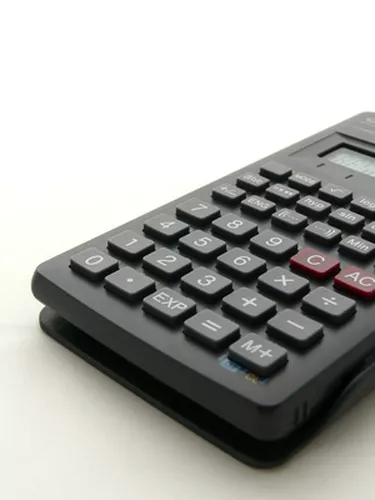
Annual percentage rate (APR) is the real cost of funds during the year. While credit card companies give an interest rate, the interest rate does not account for compounding. By accounting for compounding, the actual interest rate will be higher during the year than the stated interest rate. For example, a credit card has a stated interest rate of 9 percent and compounds monthly.
Step 1
Divide the interest rate by the times compounded per year. In the example, 10 percent / 12 = 0.0075.
Video of the Day
Step 2
Add one to the number calculated in Step 1. In the example, 1 + 0.0075 = 1.0075.
Step 3
Raise the number calculated in Step 2 to the power of the number of times the money compounds per year. In the example, 1.0075 to the power of 12, which equals 1.093807.
Step 4
Subtract one from the number calculated in Step 3 to determine APR. In the example, 1.093807 - 1 = 0.093807 or 9.3807 percent APR.
Video of the Day